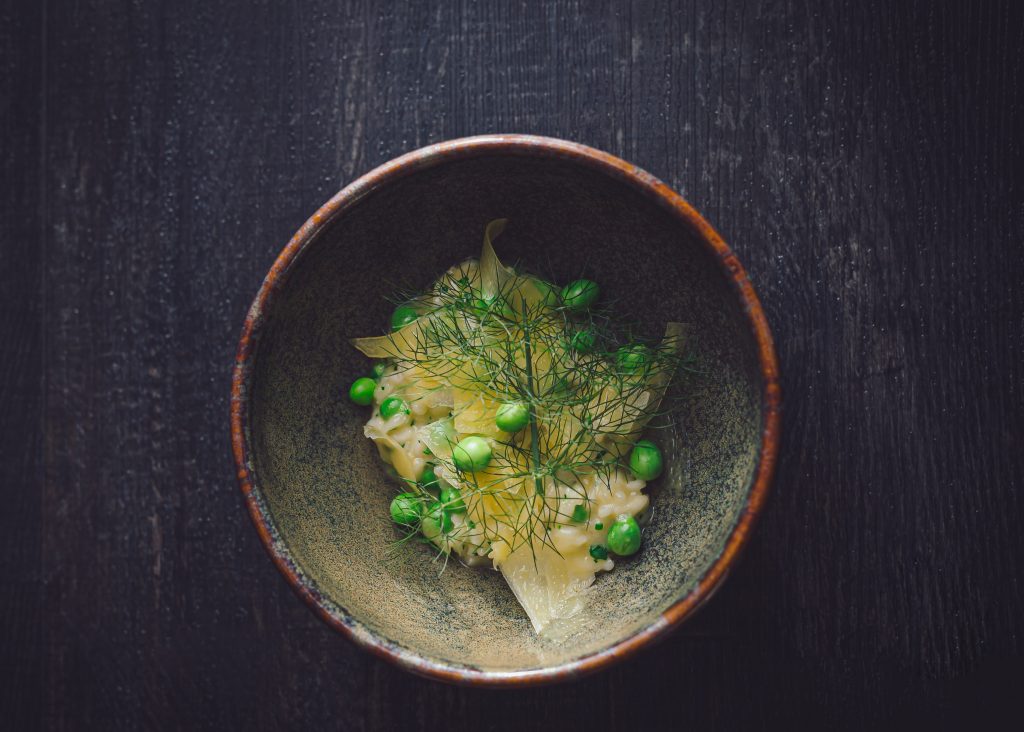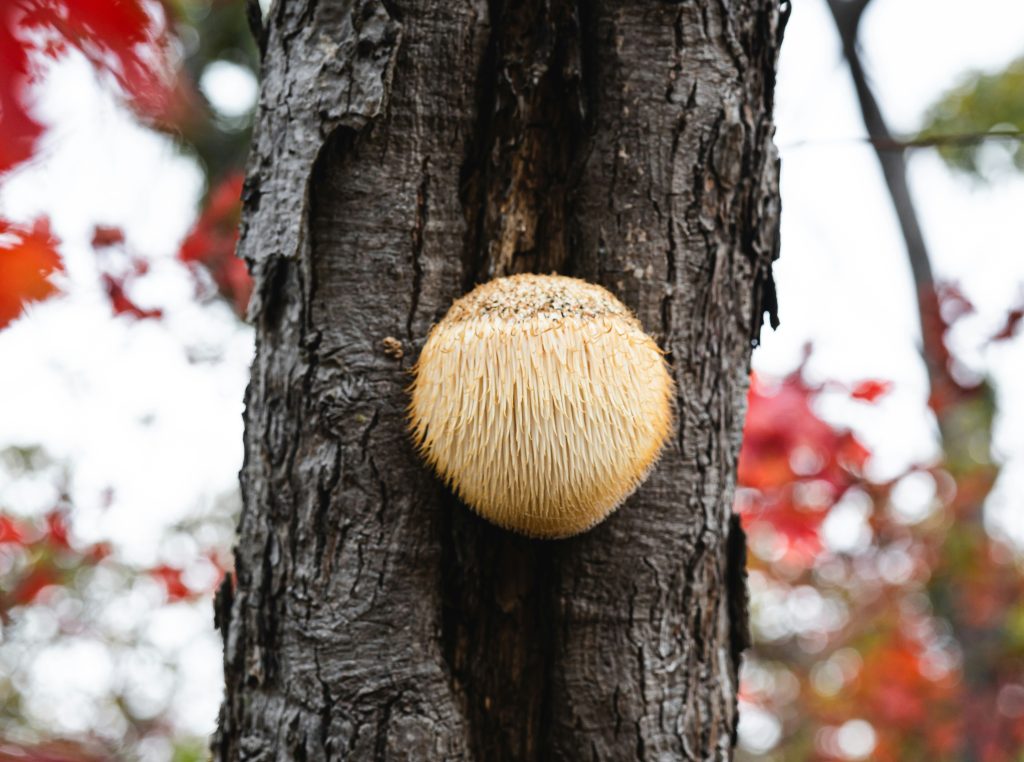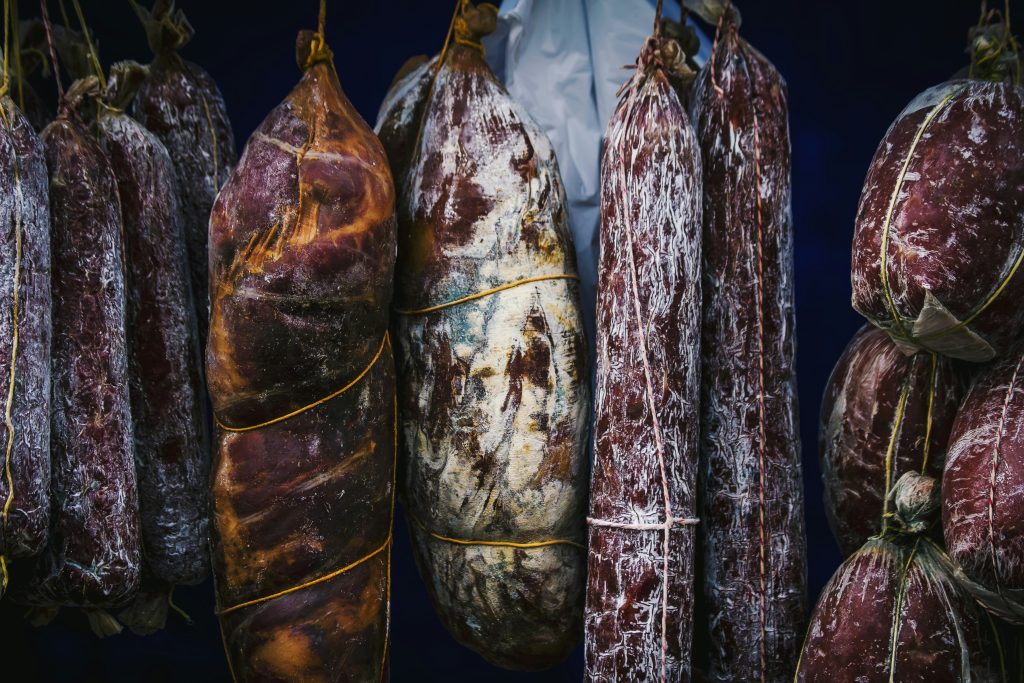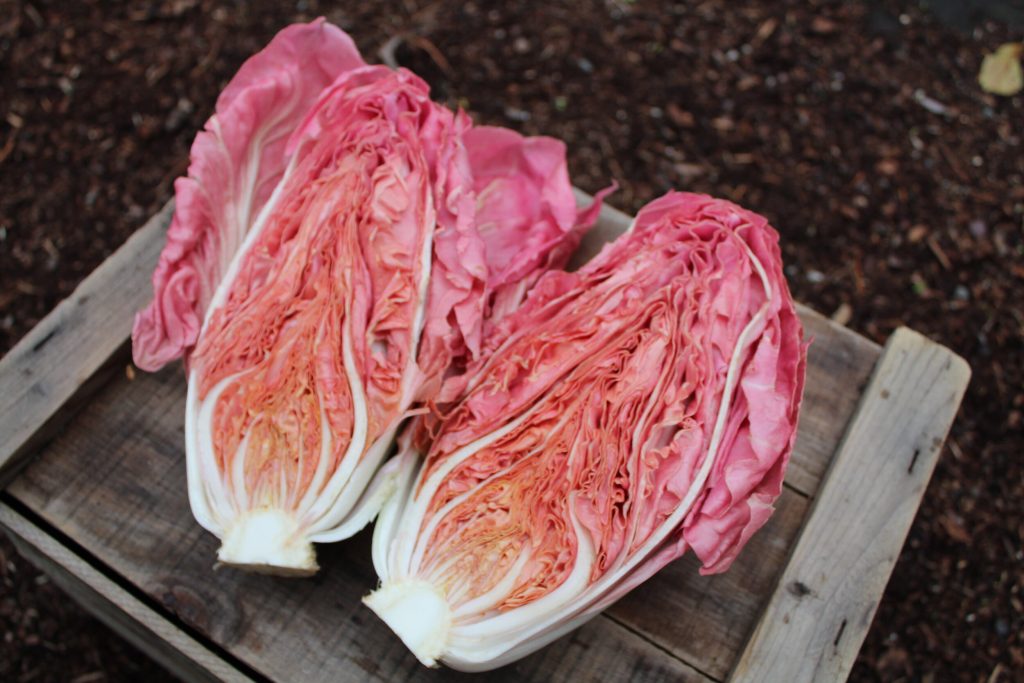
Monkey head mushroom. Seiyo ryori. Locuterie. If these buzzwords pique your interest, you might have your fingers on the pulse of the dining scene. As the world resets itself after the pandemic, we start to see changes in the relationship between people and what they eat as food cost rises. From the evolution of Malaysian Fine Dining 2.0 to the use of alternative fowls, these are some predictions which we think will make an appearance.
While food cost has increased vastly across the globe, restaurants are finding ways to make their menus more economically sustainable, and with loud budgeting becoming a trend, where people are not penny pinching, but more careful where they spend it, restaurants will take a further step so diners will feel they’re getting their money’s worth.

TRENDS WE THINK WE WILL SEE
Monkey Head Mushroom
While vastly used in vegetarian and vegan cuisines, the monkey head mushroom (also known as lion’s mane mushroom) will make its appearance more and more. This superfood has been used in traditional Chinese medicine and has been scientifically proved to increase neural activity. But in addition to such health benefits, its culinary strength lies in its almost flavourlessness and meaty texture that makes it a great canvas by taking on flavours easily.
Alternative Fowls
With the demand for more meats, and don’t get us wrong, there will always be a place for the most versatile duck, both from a financial and flavour perspective, it’s the alternative fowls that we think will appear more on menus. Restaurants currently doing so such as Potager serve guinea fowl, but we will also see the more common quail and pigeon, and the less common goose and pheasant on menus.
Caviar on Desserts
There will be an increase in the use of caviar on desserts, a trend that is already quite common in some parts of the world, but in Malaysia, this will take shape as it’s an easy way to add a little luxury to a menu, but also will deliver of flavour.
Malaysian Fine Dining 2.0
While modern Malaysian restaurants are seeing its time of day with many openings, the 2.0 iteration with focus more on Malaysian ingredients and not just reintepretations of classic Malaysian flavours. While many have done their take on the asam laksa or the asam pedas, 2.0 will see the use of indigenous ingredients in unobvious ways. Chipta, a restaurant that serves Malaysian flavours in their sushi course uses tamarind instead of vinegar in its shaari. As how Sarawak black pepper can be found on menus at Arpege in Paris, you will see the use of Kulim outside of Malaysia, a jungle garlic that has the perfume that’s a cross between a truffle and garlic.
Seiyō Ryōri
While Japanese cuisine never falls out of trend, 2024 will see a massive upswing of Japanese ingredients and approach in the form of seiyō ryōri (西洋料理, westernised Japanese cuisine) and mukokuseki (無国籍, no-nationality cuisine). While yoshoku is generally eaten with chopsticks, seiyō ryōri, which tends to lean French and Italian, is usually consumed with a fork and knife. We already see this in snow crab cappellinis and tarako spaghetti, and will likely see more unique iterations as more regional Japanese ingredients start to appear on international plates.

TRENDS WE THINK WE WILL SEE IN 2 YEARS
Locuterie
While house made charcuterie is becoming commonplace with chefs, we predict locuterie will become a hit, but only in two years. We will see local ingredients used to flavour preserved meats, where dried sausages can be made using bidor duck, and spiced with Chinese five spice, but cured and dried the European way. We think flavours like kulim, lemongrass and torch ginger charcuterie will start to appear then.
Plant Based Seafood
Plant based meats have been a common thing in the past few years, with the advent of the impossible burgers and vegan sausages, but what we think will come into fashion will be plant-based seafood. Coconut calamari will be in high demand as it’s texture can mimic the coconut as done by Dewakan. This ingredient is also available to buy as frozen tempura. We also think that we will see vegan scallops made from king oyster mushroom, and vegan sashimi, tuna made from tomato and salmon made from konnyaku, be common sights on tables.
Vegetarian Dim Sum
The Taiwanese are one of the most progressive nations in Asia, and while the street level cuisine remains very traditional, it’s their fine dining scene that has seen an evolution. Vegetarian dim sum has been elevated to an art, offering a substitute that does not feel like a substitute. Have you heard of monkey head mushroom char siu bao or loofah xiao long bao? They already exist at Yang Shin in Taipei.
Chilled Hanwoo
While hanwoo beef, reputed to surpass even Japan’s wagyu in quality, has begun to grace select menus, its full potential remains untapped outside Korea, as chilled exports are not yet available. We can expect this situation to change within the next two years.
Spicy Sorbets
Spicy sorbets have started to appear in restaurants across Europe such as the watermelon and scotch bonnet granita at modern West African Akoko in London, where sweet meets spicy, you can see how this can apply to the tropical heat with contrasting flavours such as bird’s eye chilli sugar with ambarella or guava sorbets. This will start to shine after the caviar on desserts has its day.

TRENDS WE WANT TO SEE
Rosa Chicory
While the caulini is currently seeing its 15 minutes of fafe, a cross between a cauliflower and broccolini, we would like to the rosa chicory show up, a vegetable that has been described as having a silky texture like butter lettuce, with hints of nutty bitterness.
Malay Fine Dining
This style of cuisine has strangely not made an impact yet, with one of the first to do so being Seroja in Singapore, where flavours from the Malay Archipleago take centre stage. We hope there will be actual Malay fine dining restaurants in Kuala Lumpur, which is different to many of the elevated Malay dining you can currently find.
Elevated Traditional
As quiet luxury is becoming a commonplace, you will start seeing this on plates too. There will be less fussiness but simple and elegant presentation. Restaurants will focus on the quality of redefined luxury ingredients letting them shine, with elevated traditional treatment such as the black footed goose and colossal flower crab used at The Chairman in Hong Kong.
Unconventional Desserts
While many standalone dessert shops do well, we tend to struggle a little when it comes to desserts on tasting menus. We think chefs will start thinking outside the box to make things interesting by using traditionally savoury ingredients in desserts such as caramelised cauliflower used by Akar and eggplant as the main medium used in the Krug lemon dessert at Hashida Singapore.

TRENDS WE WANT TO SEE RETIRE
Mediocre Omakase
While we saw an explosion of omakase restaurants in the past 2 years, mainly due to the covid restrictions, we expect to see a whittling down of this cuisine. With gourmet travel once again on the table, and loud budgeting becoming a trend, discerning palates will spend where the feel they get their money’s worth, regardless of the price. Restaurants like Sushi Taka, Sushi Masa and Sushi Hibiki will continue to thrive, serving their elegant edomae cuisine.
Surface Level Veganism
With veganism becoming an ever-growing trend, both for the right and wrong reasons, we would like to see a more educated diner choose what they eat more carefully. Almonds take a lot of water to produce, second only to dairy milk. If you’re doing it for environmental reasons, oat and soy milk are your best bets. Also, avocados are also a leading cause of deforestation in Mexico, so alternatives or a reduction of consumption if you really have to.
So there you have it. These are some trends we think will happen in 2024 and beyond. We will circle round to see if any of these come through in two years, and if this article piqued your interest, you can see our previous articles to see what made the cut.
For our biannual food trends articles, see Food Trends.